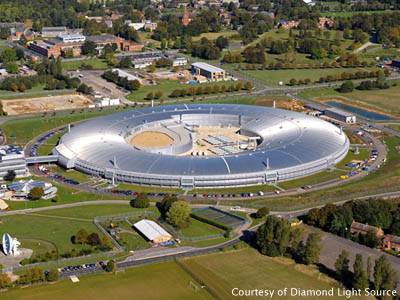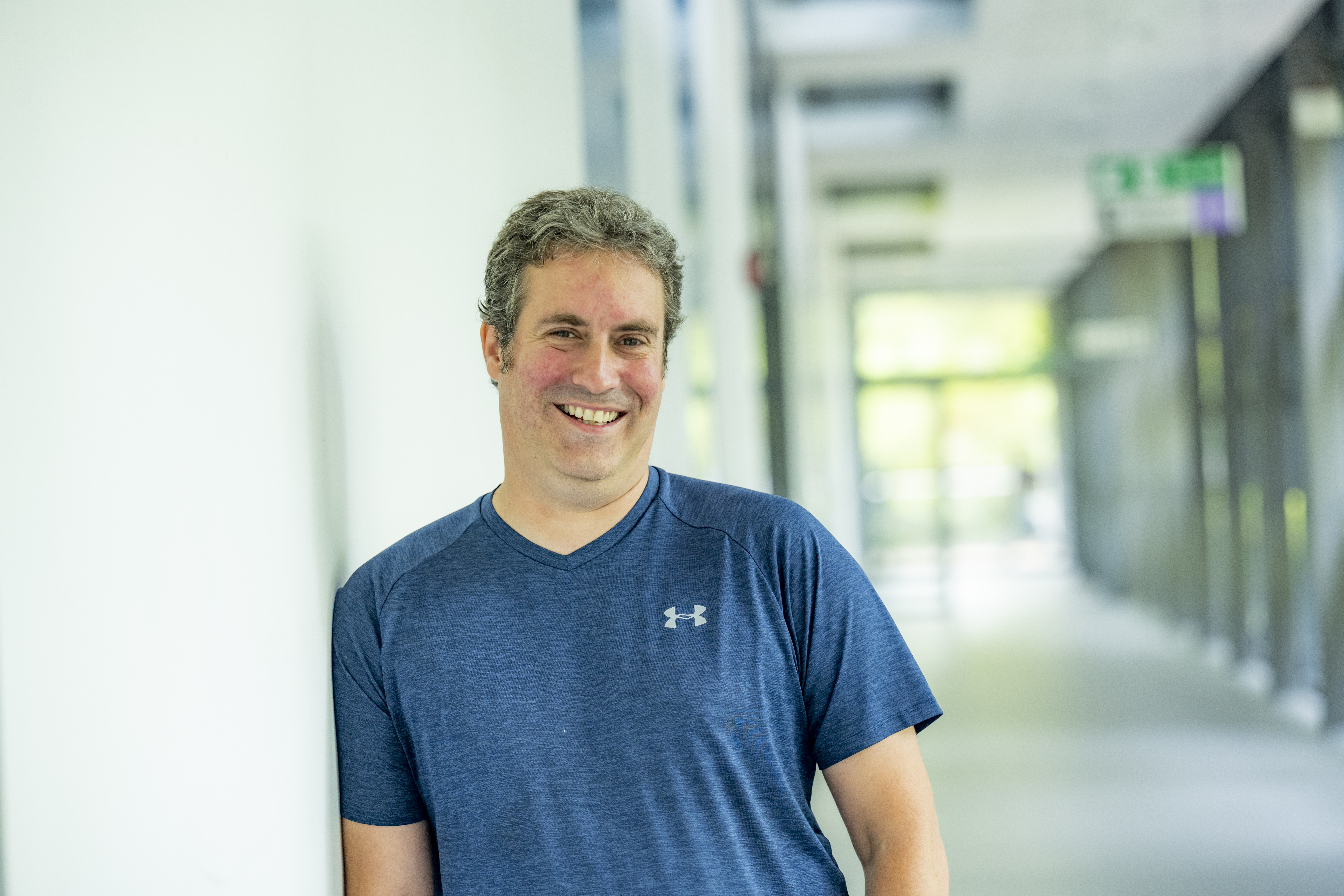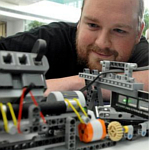The Light Source Fantastic: a bright future for DAWN
Posted on 10 June 2015
The Light Source Fantastic: a bright future for DAWN
 By Steve Crouch, Research Software Group Leader, talking with Matt Gerring, Senior Software Developer at Diamond Light Source and Mark Basham, Software Sustainability Institute Fellow and Senior Software Scientist at Diamond Light Source.
By Steve Crouch, Research Software Group Leader, talking with Matt Gerring, Senior Software Developer at Diamond Light Source and Mark Basham, Software Sustainability Institute Fellow and Senior Software Scientist at Diamond Light Source.
This article is part of our series: Breaking Software Barriers, in which we investigate how our Research Software Group has helped projects improve their research software. If you would like help with your software, let us know.
Building a vibrant user and developer community around research software is often a challenge. But managing a large, successful community collaboration that is looking to grow presents its own challenges. The DAWN software supports a community of scientists who analyse and visualise experimental data from the Diamond Light Source. An assessment by the Institute has helped the team to not only attract new users and developers, but also increase DAWN’s standing within the Eclipse community.
The Diamond Light Source is the UK’s national synchrotron facility based at the Harwell Campus in Oxfordshire. By speeding up electrons to near light speed, they give off light that is 10 billion times brighter than the sun. Over 3000 scientists have used this light to study all kinds of matter, including new medicines and disease treatments, structural stresses in aircraft components, and fragments of ancient paintings, to name but a few.
Supporting and developing software for such a diverse community presents a number of challenges. The DAWN team already employ best practice in software development in many areas which has led to well-engineered software. But the team have even higher ambitions. Any project aiming to work closely with its stakeholders on such a large scale will encounter a number of socio-technical challenges. The DAWN team approached the Institute to see how we could help improve and grow their collaboration, in particular to attract new users and developers from outside Diamond.
The DAWN team wanted to exploit the general usefulness of DAWN. "The great thing about DAWN is that it is not limited to only analysing data from Diamond beamline experiments," explains Basham. "It can be readily applied to analysing experimental data within other synchrotron communities, other physics domains like neutron scattering and photon science, and many other scientific communities with similar needs."
Shining fresh light on DAWN
The Institute analysed the DAWN software and interviewed beamline scientists and developers who use DAWN in their work to gain an understanding of the DAWN community.
The Technical Evaluation provided a fresh perspective on the use of DAWN by new users, and the Collaborative Review provided insight into how the DAWN team supports and communicates with its stakeholders. Both reviews led to a total of 76 recommendations for improvement, with the findings presented at the Dawn Developers Workshop in June 2014.
A strong theme that emerged from the Collaboration Review was the high level of community engagement from the DAWN team - a hallmark of a good project. Found to be very approachable and responsive, the team was always eager to help resolve issues and take new ideas on board.
A new DAWN
Many of the recommendations were taken forward and implemented, which has helped create a more engaged and cohesive community. It has also helped DAWN prepare for, attract and build on larger-scale collaborations. One key example is their engagement with DESY, specifically the PETRA III Synchrotron Light Source, who have adopted and actively support DAWN within their user community.
Being based on Eclipse, the assessment has also helped to increase DAWN’s standing within the Eclipse developer community. "The independent assessment provided a seal of approval which placed us in a strong position to help found and be steering members of the Eclipse Science Working Group," states Gerring.
The DAWN team is keen to follow up this work in the future. "Continued assessments, perhaps on a two-yearly basis, on the state of the collaboration and usability for developers would be really useful!" explains Basham. "That way, we can see how the suggested recommendations have improved our collaboration, as well as objectively identify any further areas for improvement."
"The Institute did very good quality work," states Basham. "It was a pleasure to have Steve Crouch working at RAL with us."
DAWN continues to focus on building their community based on the secure footing they achieved with help from this project. They have recently published their first paper, and there are planning to push forward into new scientific areas, and fresh new challenges.
If you'd like free help to assess or improve your software, why not submit an application into the Institute's Open Call?


